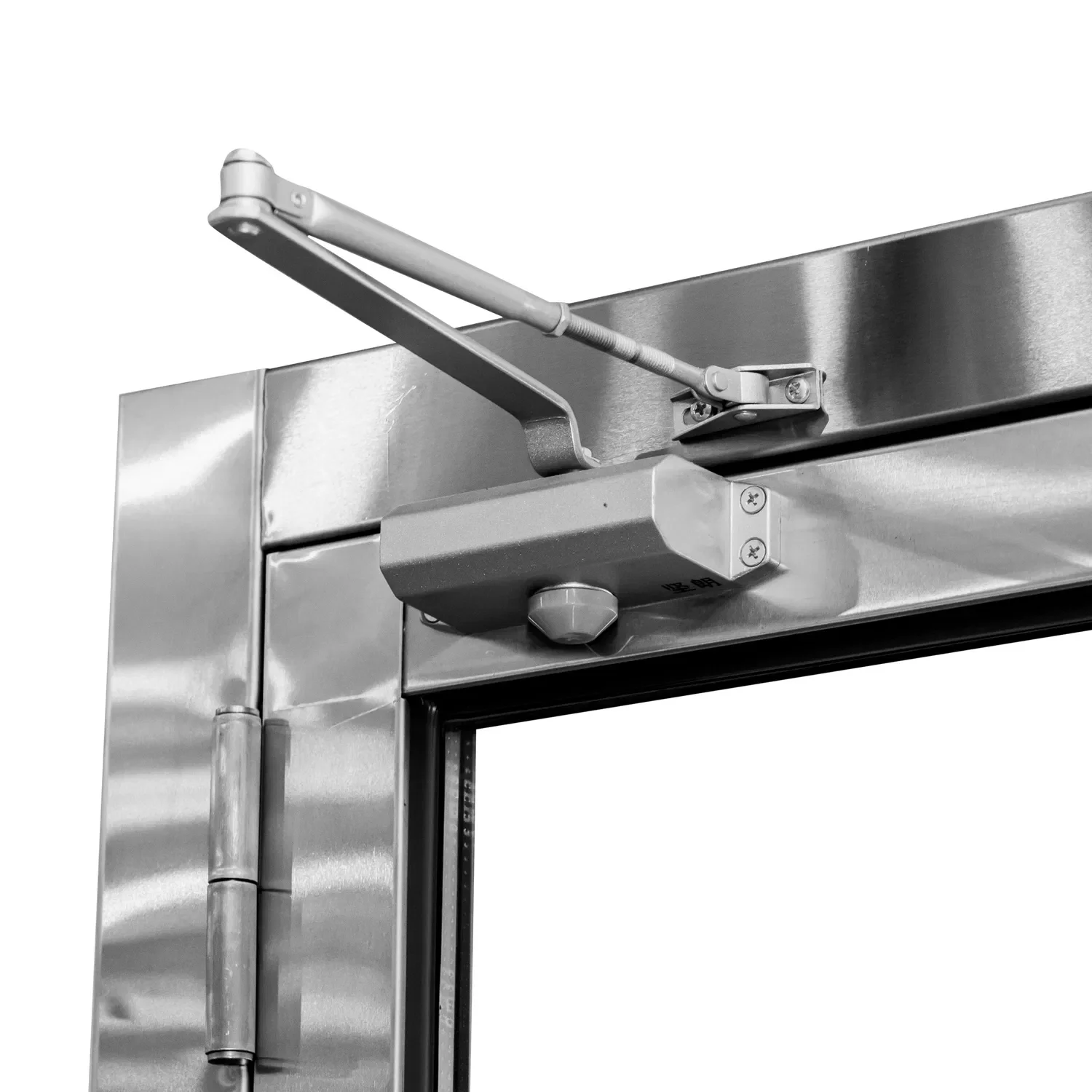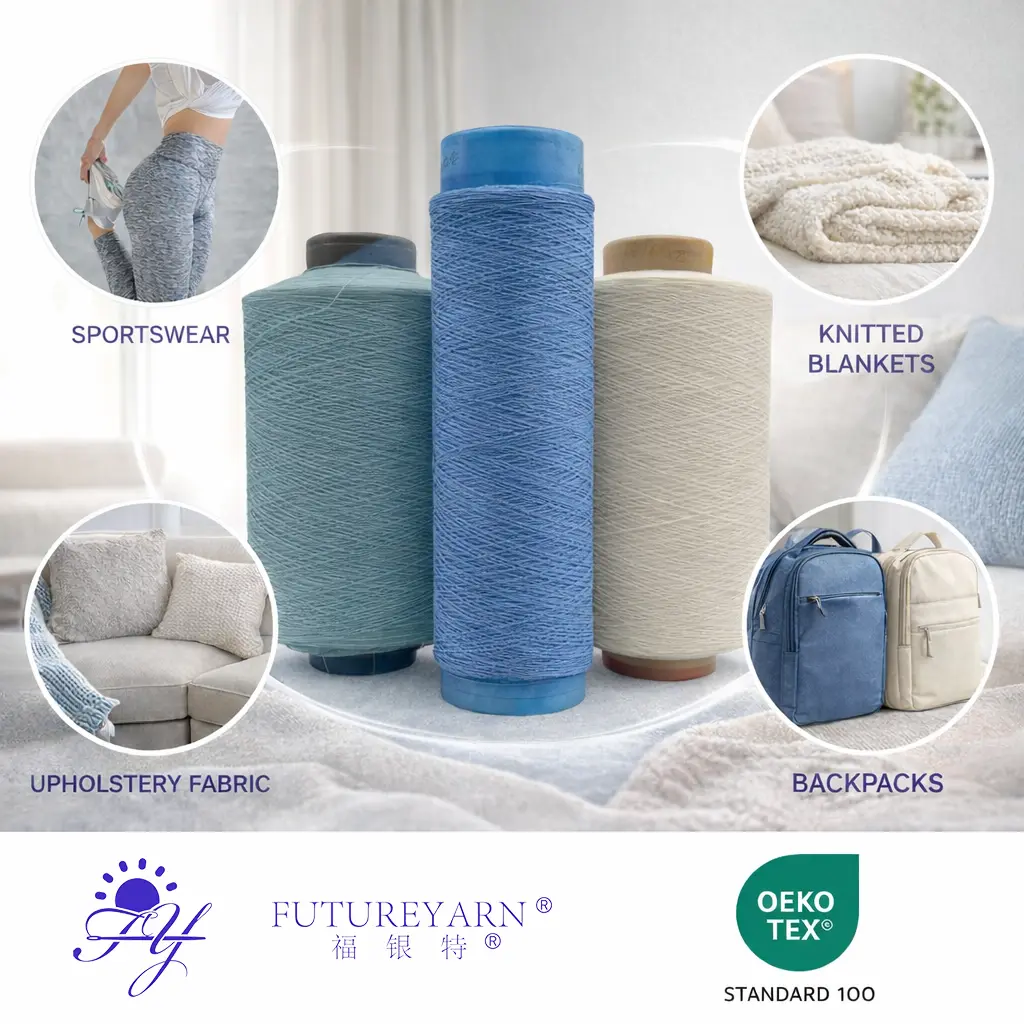In an era where energy conservation and sustainability are paramount, understanding the best materials for heat insulation is crucial for both residential and commercial applications. Effective heat insulation not only enhances comfort but also significantly reduces energy costs and environmental impact. This article delves into the various materials available for heat insulation, evaluating their properties, applications, and effectiveness to help you make informed decisions.
Understanding Heat Insulation
Heat insulation refers to the process of reducing heat transfer between objects at different temperatures. The effectiveness of insulation materials is measured by their thermal resistance, commonly referred to as R-value. The higher the R-value, the better the material's insulating properties. Various factors influence the choice of insulation material, including thermal performance, moisture resistance, fire safety, environmental impact, and cost.
Common Insulation Materials
- Fiberglass Insulation
- Properties: Fiberglass is one of the most widely used insulation materials. It consists of fine glass fibers and is available in batts, rolls, and loose-fill forms. Its R-value typically ranges from 2.9 to 4.3 per inch.
- Applications: Ideal for attics, walls, and floors, fiberglass insulation is non-combustible and resistant to moisture, making it suitable for various climates.
- Considerations: While fiberglass is effective, it can irritate the skin and lungs during installation, requiring protective gear.
- Foam Board Insulation
- Properties: Foam board insulation, made from polystyrene or polyisocyanurate, offers high R-values (up to 6.5 per inch) and excellent moisture resistance.
- Applications: Commonly used in exterior walls, foundations, and roofs, foam boards provide a continuous insulation layer that minimizes thermal bridging.
- Considerations: While effective, foam boards can be more expensive than traditional insulation materials and may require careful handling due to their flammability.
- Spray Foam Insulation
- Properties: Spray foam insulation expands upon application, filling gaps and creating an airtight seal. Its R-value can reach up to 7 per inch, making it one of the most effective insulation materials.
- Applications: Ideal for irregular spaces, attics, and crawl spaces, spray foam insulation also acts as a vapor barrier.
- Considerations: The installation process requires professional expertise, and the material can be costly. Additionally, off-gassing during application may pose health risks if not managed properly.
- Mineral Wool (Rock Wool) Insulation
- Properties: Mineral wool is made from natural or recycled materials and offers excellent fire resistance and soundproofing qualities. Its R-value ranges from 3.0 to 4.0 per inch.
- Applications: Suitable for walls, roofs, and floors, mineral wool is particularly effective in areas requiring fire safety, such as commercial buildings.
- Considerations: While it is moisture-resistant, mineral wool can be heavier than other insulation types, which may affect installation.
- Cellulose Insulation
- Properties: Made from recycled paper products, cellulose insulation is an eco-friendly option with an R-value of about 3.1 to 3.7 per inch. It is treated with fire retardants for safety.
- Applications: Commonly used in attics and wall cavities, cellulose can be blown in or installed as batts.
- Considerations: While cellulose is sustainable, it can settle over time, reducing its effectiveness. Proper installation is crucial to maintain its insulating properties.
Emerging Insulation Technologies
As the demand for energy-efficient solutions grows, innovative materials are emerging in the insulation market:
- Aerogel: Known as frozen smoke, aerogel is an ultra-lightweight material with exceptional insulating properties (R-value up to 10 per inch). However, its high cost and fragility limit its widespread use.
- Vacuum Insulation Panels (VIPs): These panels provide superior insulation with an R-value exceeding 25 per inch. They are ideal for applications where space is limited, but their cost and sensitivity to punctures can be drawbacks.
Conclusion: Choosing the Right Insulation Material
Selecting the best material for heat insulation depends on various factors, including the specific application, climate, budget, and environmental considerations. While traditional materials like fiberglass and foam board remain popular, innovative options like aerogel and vacuum insulation panels offer exciting possibilities for future energy efficiency.


